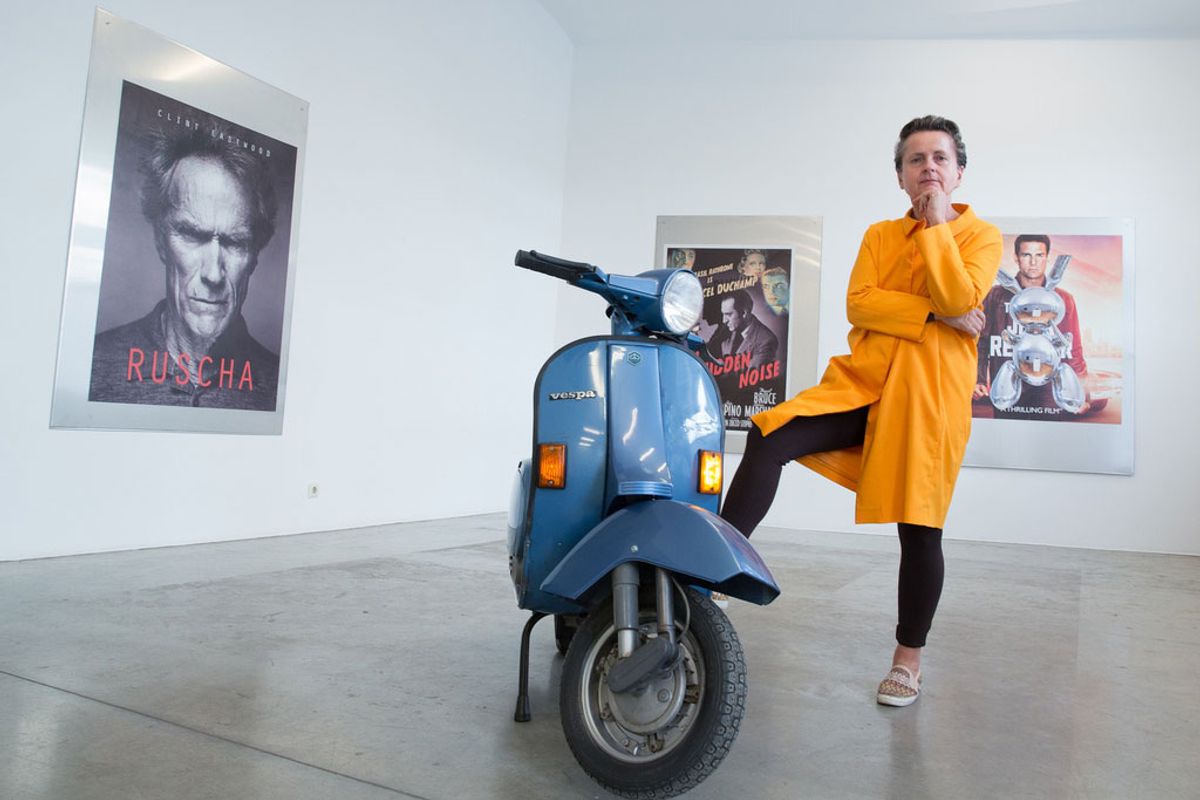Some Austrian galleries are planning to re-open next week—with cautious measures such as masks for customers and reduced opening hours—after the government announced it is easing restrictions introduced to limit the spread of the coronavirus pandemic.
By 8 April, Austria had recorded 12,824 coronavirus cases and 273 deaths. Austria introduced strict lockdown measures early on, and the period of time over which the number of new cases doubles has increased to more than 10 days—reasons Chancellor Sebastian Kurz has given for easing the restrictions. Members of the opposition have voiced concerns that Kurz may be setting out on what he describes as “the path back to normality” too soon.
That ambivalence is reflected in the Austrian gallery scene, says Hans Knoll, a Vienna dealer who is also president of the association of Austrian modern art galleries. “Some want to open, others say it’s too early,” he says.
From April 14, small shops—those with less than 400 square metres retail space—are permitted to reopen. Only one customer per 20 square metres can be admitted. Customers and employees must wear masks protecting their noses and mouths, and shops must be regularly disinfected. Restaurants and cafés are not expected to open before mid-May and no events involving groups of people are likely to be permitted before the end of June.
“We will open on 15 April again with reduced opening times from Tuesday to Friday, noon to 6pm,” says Ernst Hilger, a Vienna dealer. “There will be a maximum of five visitors, mostly by appointment. No vernissages, of course.”
Others say there is confusion over whether the looser rules apply to art galleries. While shops are allowed to open, as things stand now people might not technically be permitted to visit exhibitions, says Emanuel Layr, a Vienna dealer. “People are only supposed to go out for essential shopping trips at the moment,” he says. “Maybe this will be eased over the weekend.”
Provided that point is clarified, his gallery will initially open by appointment only for one customer at a time, he says. “We will have one person in the office. Luckily we have a situation where the office is on the first floor and the gallery is on the ground floor. We have a camera and automatic door opener, so no one needs to meet face-to-face.” In the event that a personal meeting is desired, the gallery offers masks to customers, he says.
Knoll Galerie will open next week with reduced hours, Hans Knoll says. It remains to be seen whether there will be many customers visiting, he adds. Viennese galleries in particular are reliant on tourism and visitors to the many congresses and trade fairs. More than 50% of their sales are international.
“It’s a very difficult time,” he says. “Fairs have been cancelled, there are no openings, no tourism. But when I speak to customers, it’s clear that the real collectors won’t stop buying art because of something like this.”
Christine König in Vienna says she has even managed to seal a deal during the lockdown—with a client who spotted a painting by Thomas Reinhold in the window of König Galerie during a quarantine walk and got in touch. “We are delivering it next week,” she says. “Business is continuing as usual behind the scenes.”
She plans to open next week with the obligatory masks and disinfectant for customers. “And when we are there, the doors will be wide open to let the sun in again,” she says.


